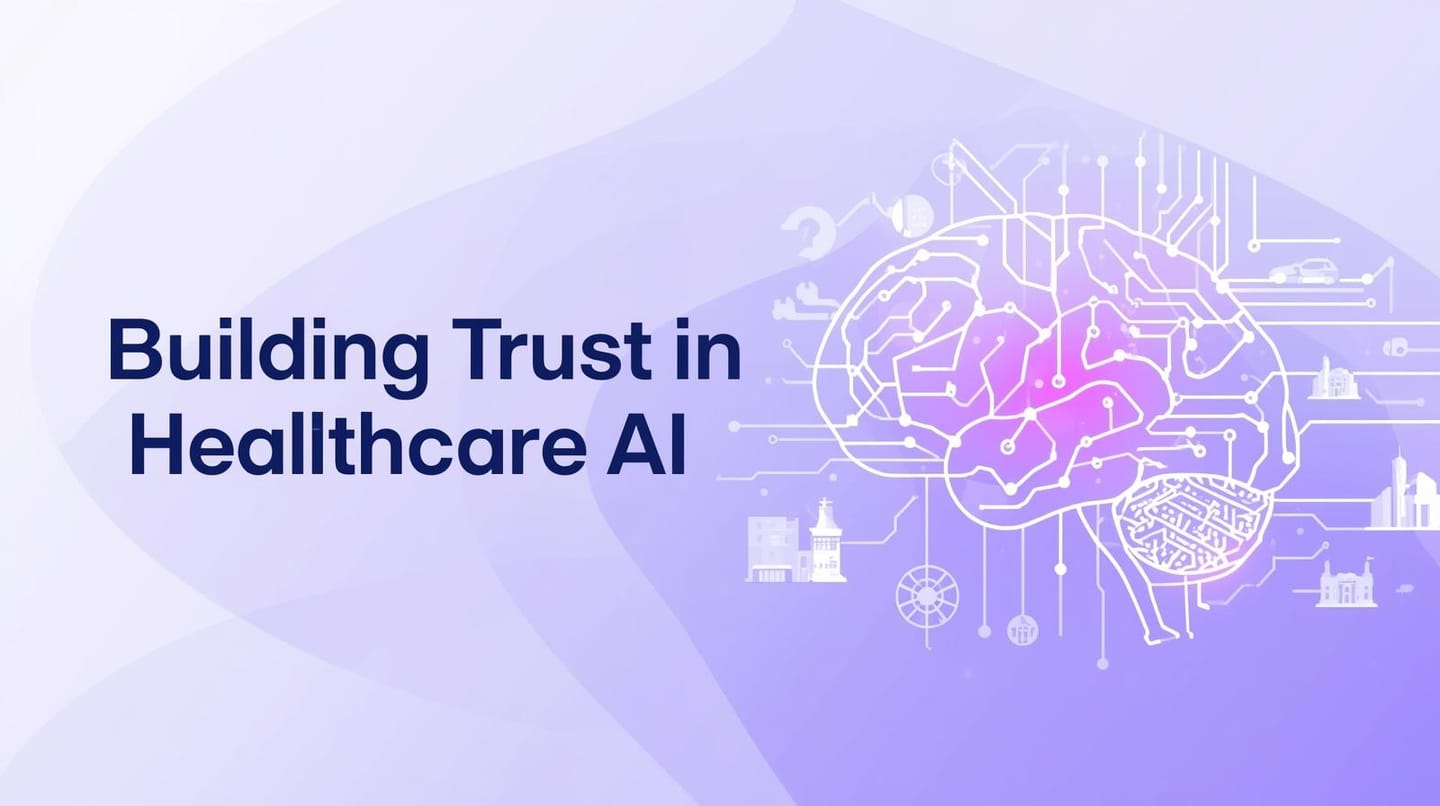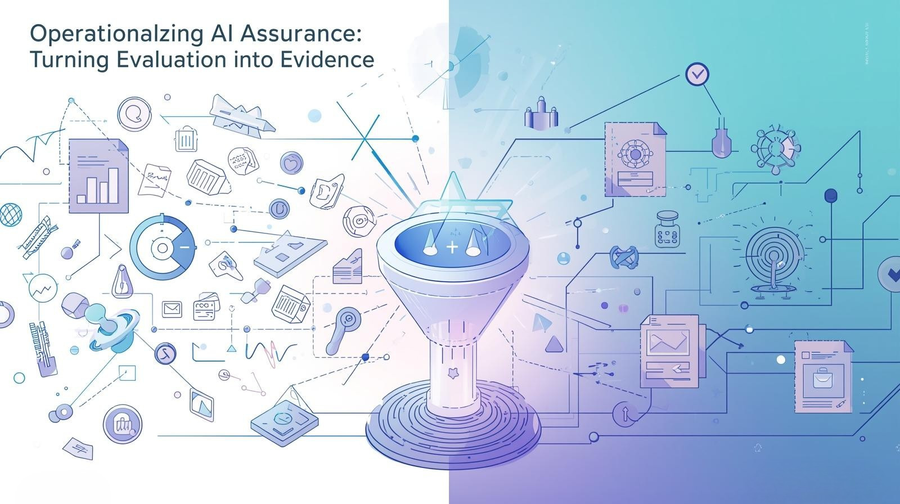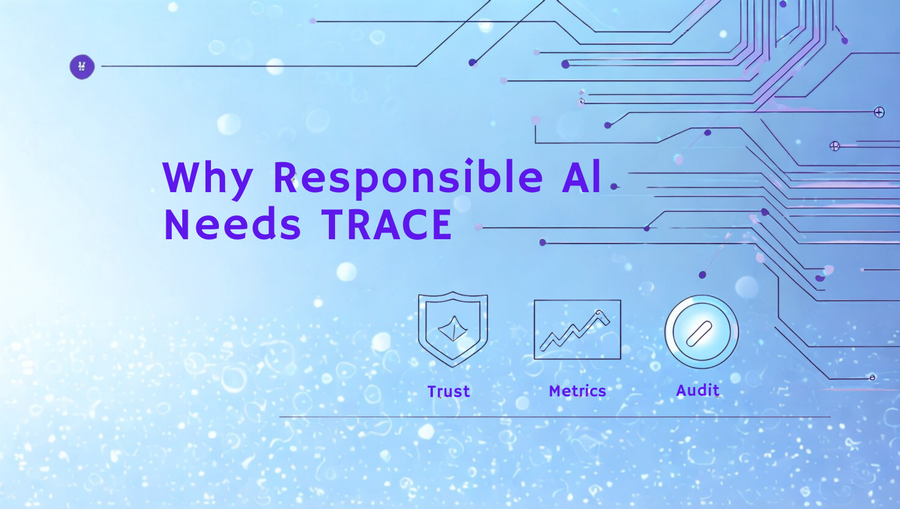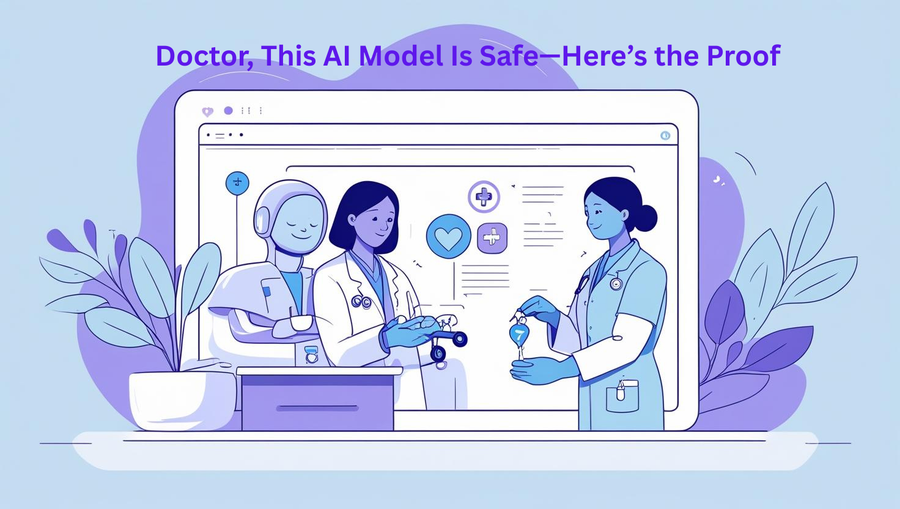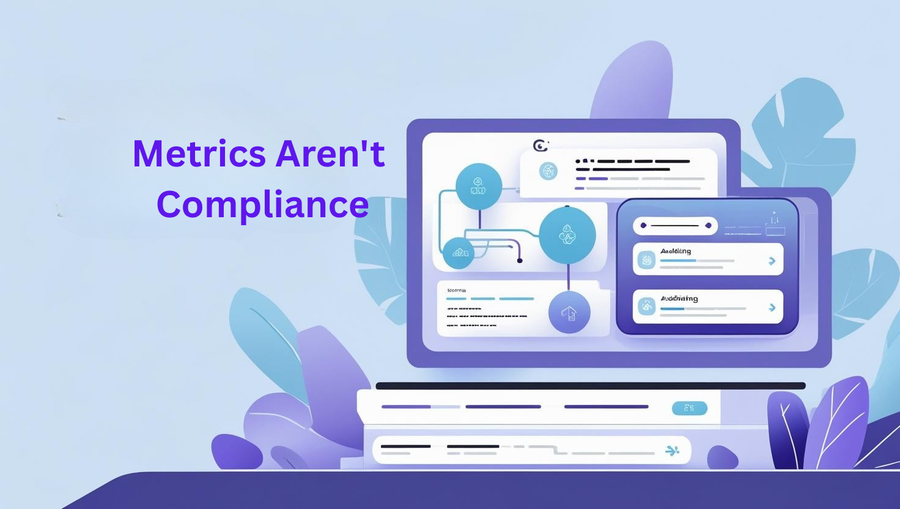Why Compliance Alone Falls Short
Healthcare has always lived under a microscope. HIPAA, HITRUST, and now the EU AI Act put organizations under constant regulatory pressure. Yet passing an audit doesn’t guarantee trust.
Patients don’t experience compliance—they experience outcomes. A single data breach, biased algorithm, or misdiagnosis can undo years of effort in a moment. In an age where AI touches everything from imaging to triage, trust has become the true currency of healthcare.
That was the core theme of my recent conversation with Josh Baker, CEO of the Institute for AI Governance in Healthcare (IAIGH) and co-author of the Healthcare AI Governance Standard (HAIGS). Together, we unpacked how providers can move from “box-ticking” compliance toward demonstrable trust.
The Compliance–Trust Gap
Josh put it plainly: many organizations pass compliance yet still lose credibility with regulators, clinicians, and patients.
Why? Because trust isn’t paperwork. It’s about how patients feel.
Imagine telling a patient their scans were reviewed by AI. Will they feel confident—or uneasy? The answer depends on how clearly the technology is explained, how equitably it performs, and whether safeguards are in place when things go wrong.
That gap between compliance and trust is the fertile ground where governance frameworks like HAIGS prove their worth.
Putting Patients at the Center of Risk
Governance done right operates quietly in the background, reducing risk before it ever reaches a patient.
- Reliability: AI tools are validated for accuracy before influencing care.
- Equity: Clinical recommendations are checked for fairness across populations.
- Security: PHI is safeguarded with modern protections.
HAIGS helps organizations operationalize these principles, translating them into everyday practices that patients may never see—but will always feel.
Oversight That Holds Up Over Time
AI is not a “set-and-forget” technology. Outputs drift. Biases creep in. Regulations evolve.
HAIGS emphasizes continuous oversight:
- Regular evaluations of AI outputs.
- Ongoing fairness audits.
- Updated practices as new standards like NIST AI RMF or ISO 42001 emerge.
This ongoing cycle builds a culture where AI governance isn’t episodic—it’s embedded.
Transparency Without Information Overload
Transparency can be tricky. Too little, and patients feel left in the dark. Too much, and they feel buried.
HAIGS defines a middle ground:
- Inform patients when AI is used in their care.
- Explain in plain language why it’s being used.
- Always offer an opt-out.
Think of it as a conversation, not a disclosure. “This AI helps us review scans faster, catching patterns earlier. It’s checked for fairness and accuracy, and you can opt out if you’d like.”
That simplicity turns uncertainty into confidence.
Fairness Under Resource Constraints
Equity audits sound daunting—especially for smaller providers. But fairness isn’t a privilege reserved for large institutions.
HAIGS is designed to scale:
- Smaller clinics can use structured manual checks or spreadsheet reviews.
- Templates and case examples make audits achievable with limited resources.
- Certification pathways flex to organizational size and capability.
With the right framework, fairness becomes accessible, not optional.
Making Governance Part of Daily Workflows
Governance is often perceived as a drag. HAIGS flips that narrative by embedding checks into everyday processes.
- Governance boards fit into existing leadership structures.
- Training becomes part of onboarding, with regular refreshers.
- Clinical and IT teams gain practical tools to adopt and manage AI responsibly.
The outcome? Governance doesn’t slow care delivery—it supports adoption and builds staff confidence.
Preparing for a Tougher Regulatory Future
The EU AI Act, FDA guidance, and HIPAA/HITRUST expansions all demand more from healthcare AI.
HAIGS helps organizations get ahead by:
- Mapping existing compliance work into a healthcare-specific AI governance framework.
- Adding patient-centered elements like fairness audits and transparency policies.
- Ensuring oversight adapts as new rules arrive.
Unlike broad frameworks, HAIGS is tailored for the clinical context, keeping patient trust at the center.
Case in Point: An Imaging Center’s Transformation
One imaging provider used HAIGS to guide its AI rollout.
- Patients were informed about AI use in simple terms.
- Equity audits uncovered small performance differences across populations, which were corrected.
- Community outreach sessions explained how AI worked, turning skepticism into support.
The result? Faster care, lower costs, and improved patient satisfaction. Trust became their differentiator.
Key Takeaways
- Passing compliance audits is not enough—trust must be earned daily.
- HAIGS bridges compliance and trust with patient-centered governance.
- Transparency should inform, not overwhelm.
- Equity audits are achievable at any scale with the right guidance.
- Regulatory alignment is easier when frameworks are healthcare-specific.
Closing Thought: Trust as the Heartbeat of Healthcare AI
Governance is often viewed as a burden. In reality, it’s the bridge between innovation and empathy.
As Josh Baker shared, HAIGS doesn’t just close the trust gap—it completes the circle where technology advances, patients feel supported, and healthcare providers gain confidence to innovate responsibly.
If you’re exploring how to bring demonstrable trust into your AI journey, visit https://www.iaigh.org/ to learn more about HAIGS and how IAIGH can help your institution start today.

